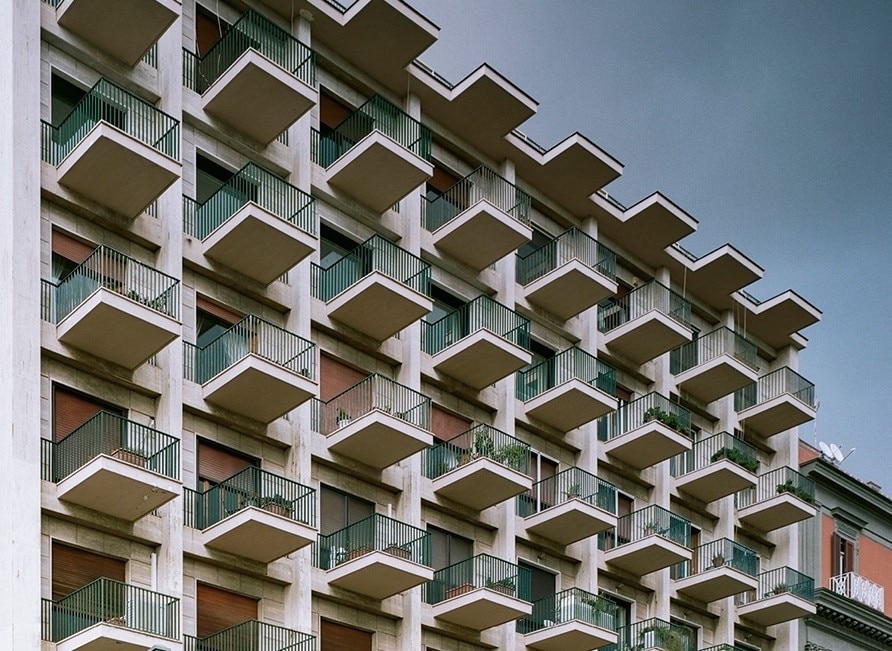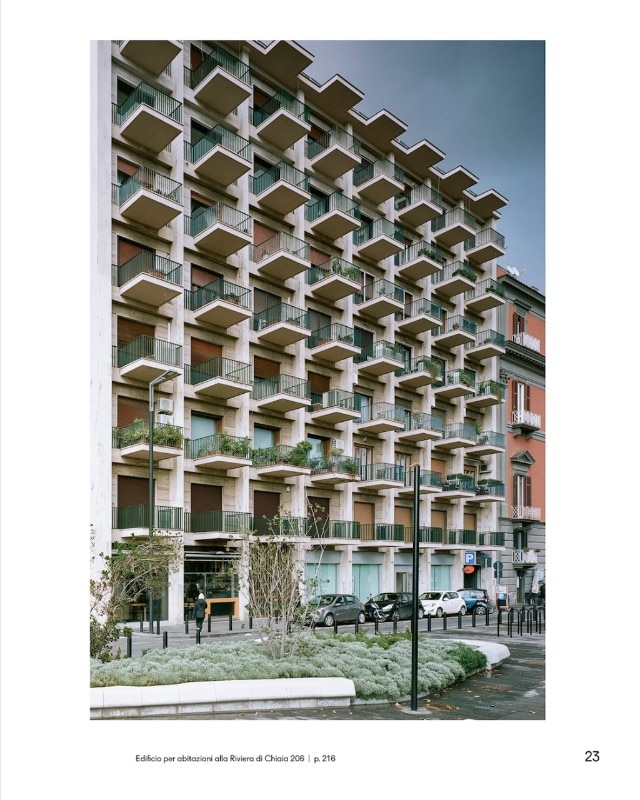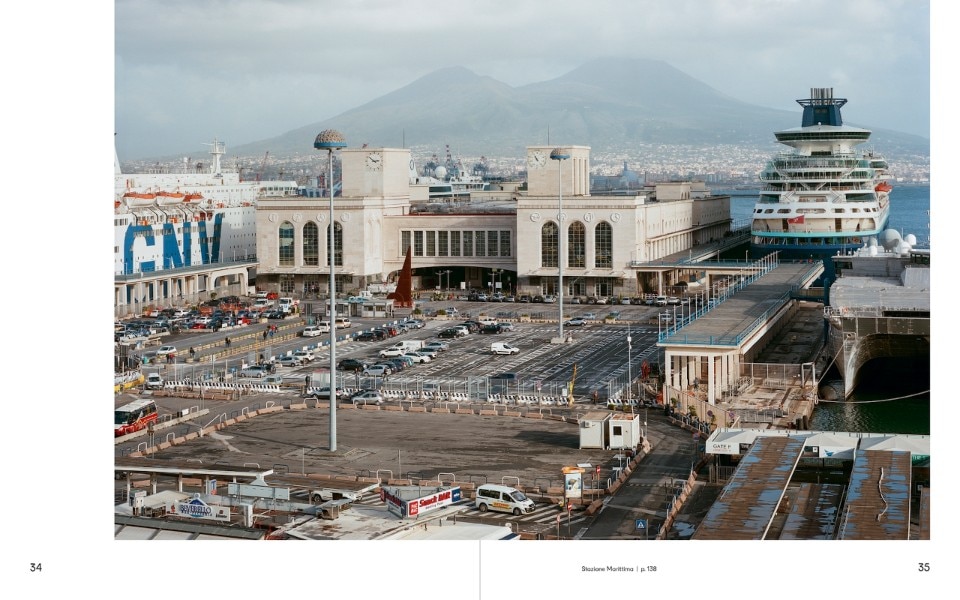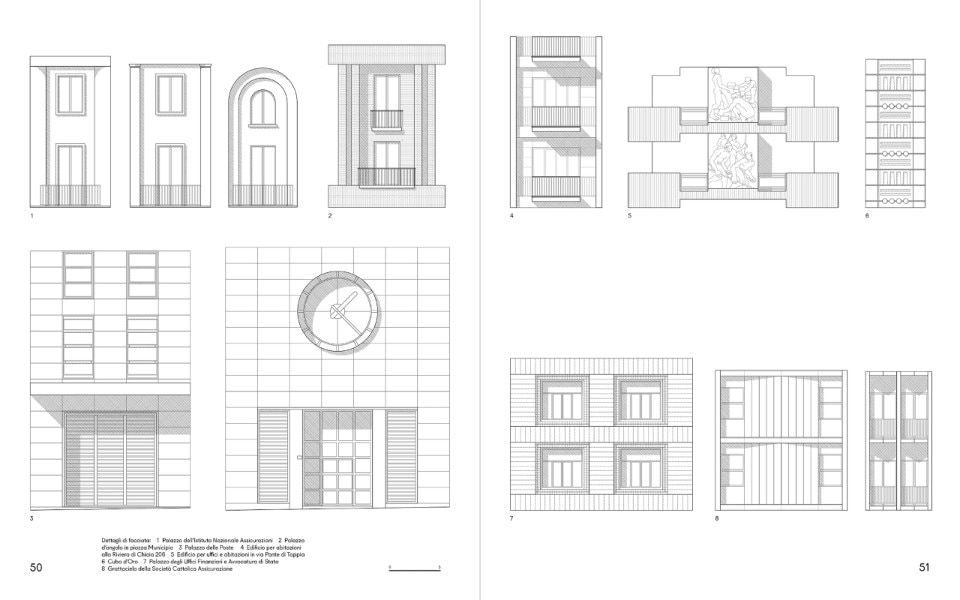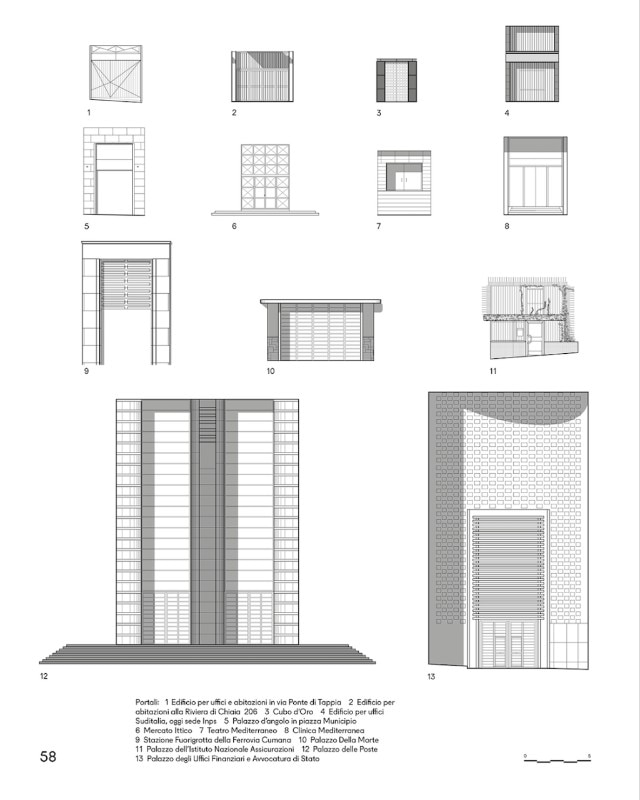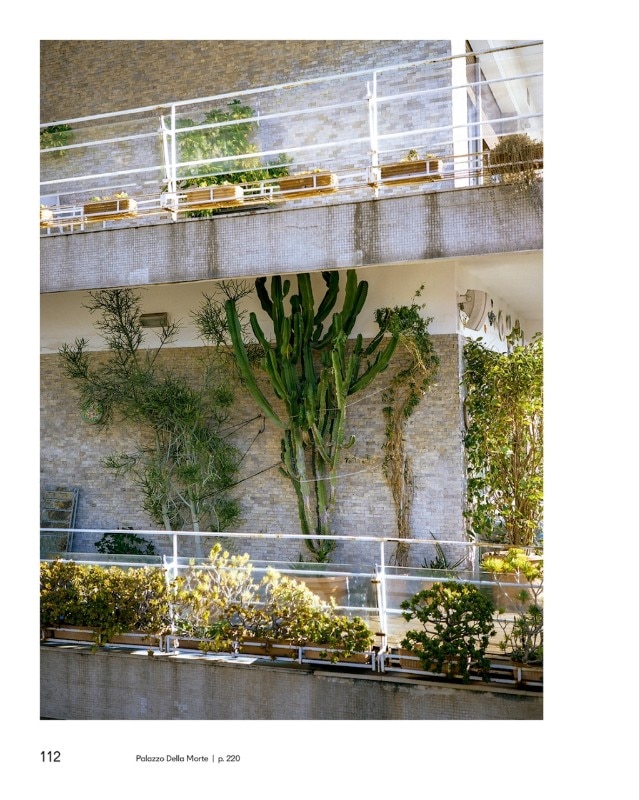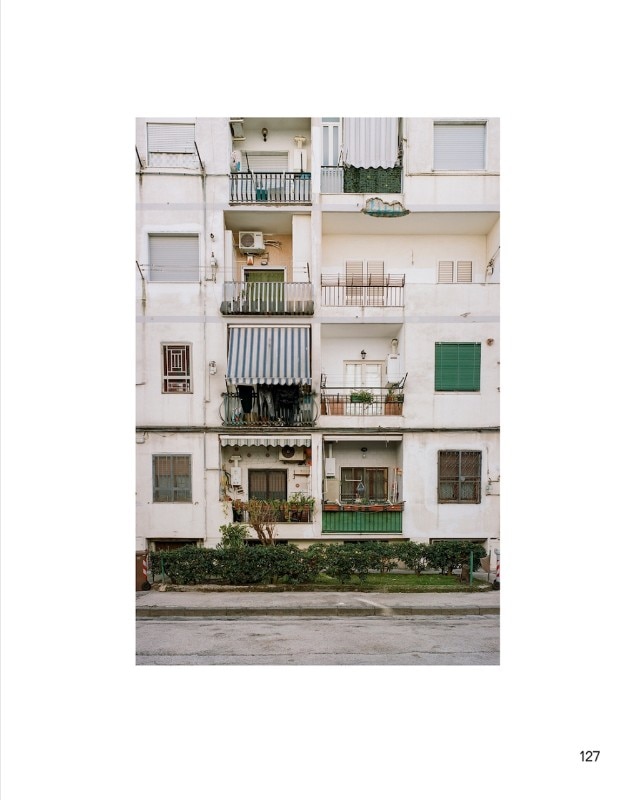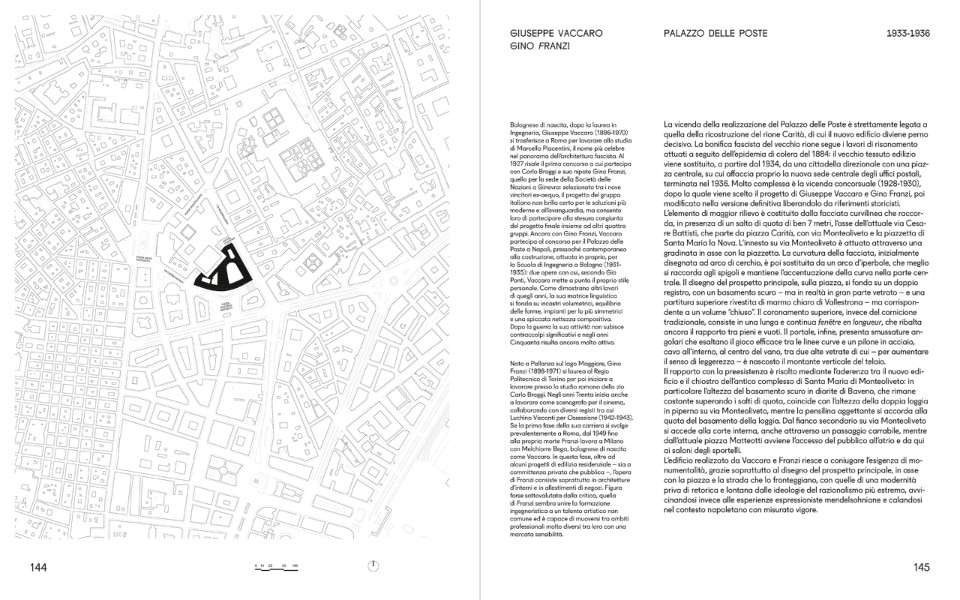Napoli Super Modern (published in 2020 in English by Park Books, and in Italian by Quodlibet) is a bit like a scientific autobiography. LAN, the Paris-based French-Italian studio founded by Benoit Jallon and Umberto Napolitano, which previously investigated Baron Haussmann’s urbanism (Paris Haussmann, 2017), explores in this book the modern heart and soul of the city that – more than any other city in the world – most seems trapped in its folkloric clichés.
This was no easy task, also because modernity and architecture have always been the symbols of the speculation, excess, and not-always-lawful interests of a city, Naples, that is always either too forward-looking or too stuck in the past. Late architectural historian Benedetto Gravagnuolo, being one of Naples’ most attentive and passionate experts, understood this, and coined the formidable definition of Naples as the city of super modern archaism, where the urban characteristics are characterized by an unresolved temporal opposition, almost as if ancient and modern were destined to perpetually switch roles.
In the book, we find a complex and stratified city as a palimpsest, the sharp and (apparently) neutral gaze of Cyrille Weiner’s urban photography, an atlas of drawings and a “Swiss” editorial approach for a well-packaged – and perhaps slightly algid – product aimed at an international audience. The only exception is the cover, which features the blue and yellow colours of the Naples football team from 1928 to 1964 – which is more or less the period in which were built the 18 buildings described in the book, which are in their own way a clear example of architecture’s ability to negotiate a certain relationship with the city: there’s Luigi Cosenza’s Fish Market (1929-1935), considered to be the Neapolitan work that paved the way for modernity; Giuseppe Vaccaro and Gino Franzi’s Palazzo delle Poste (1933-1936), the building that most represents the urban reclamation of Rione Sanità; the Palazzo d'angolo in Piazza Municipio by Marcello Canino, a leading Neapolitan figure even after the end of the Fascist regime; and the controversial Società Cattolica Di Assicurazioni Skyscraper by Stefania Filo Speziale (1956-1958), a sort of “pirellone” that appears in the film Hands over the City by Francesco Rosi as the headquarters of the unscrupulous builder Edoardo Nottola.
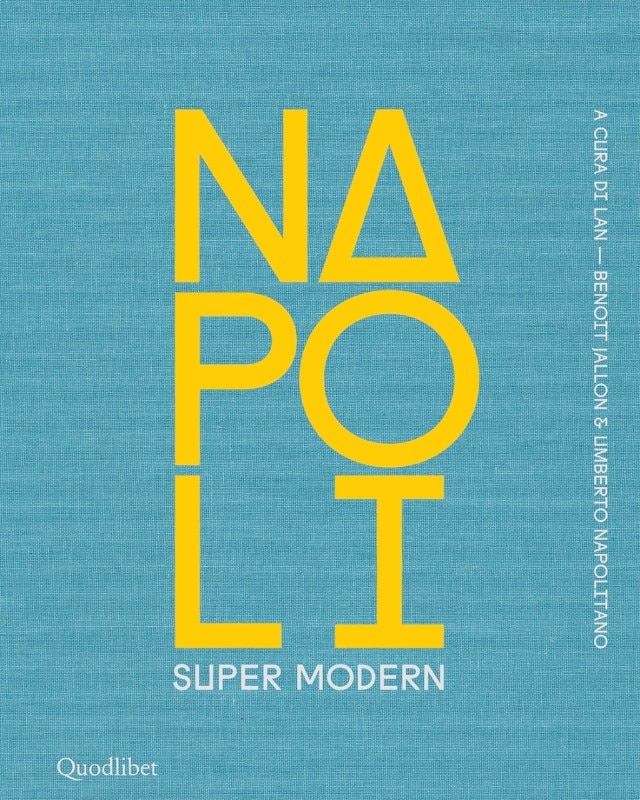
This is what lies on the surface. But Naples is not a superficial city and thus requires a more in-depth analysis. And so, while reading the book’s texts – written by Umberto Napolitano himself, architect Gianluigi Freda, historian Andrea Maglio, and critic Manuel Orazi, three of which were born in Naples and one in the Marche, but has very Neapolitan spirit – one discovers that Naples’ urban, social, anthropological, and even geological destiny has always been that of a constant and tumultuous dialectic of opposites which, like an underground river, destroys and at the same time gives energy to a city that wants to be ancient and always new – as its etymology, Neapolis, suggests.
Naples is therefore modern because it rejects banal ideological oppositions (Fascist urban rhetoric versus post-war reconstruction), and makes continuity its most distinctive feature – a continuity not so much of style, but rather of the attitude towards the city and its places. More than anywhere else, Naples is the place where architecture and the city are juxtaposed without the mediation of a plan, as if urban planning had no place here either as a science for investigating urban phenomena or as a system of precepts for regulating them.
On the contrary, everything is entrusted to the continuous appropriation of places and spaces inside and outside buildings, above and below urban land, which is never flat, precisely because it has a thickness, a three-dimensionality that makes it difficult for urban planners to work on it. At the same time, it is perhaps precisely the physical appearance of the city that has prevented the emergence of a modernity based on idealised models (Maglio), while architecture’s ability to transcend the categories on which urban planning rules are based – first and foremost the relationship between public and private space – has emerged, becoming a concrete presence attesting to the city’s becoming a continuous “doing” (Napolitano).
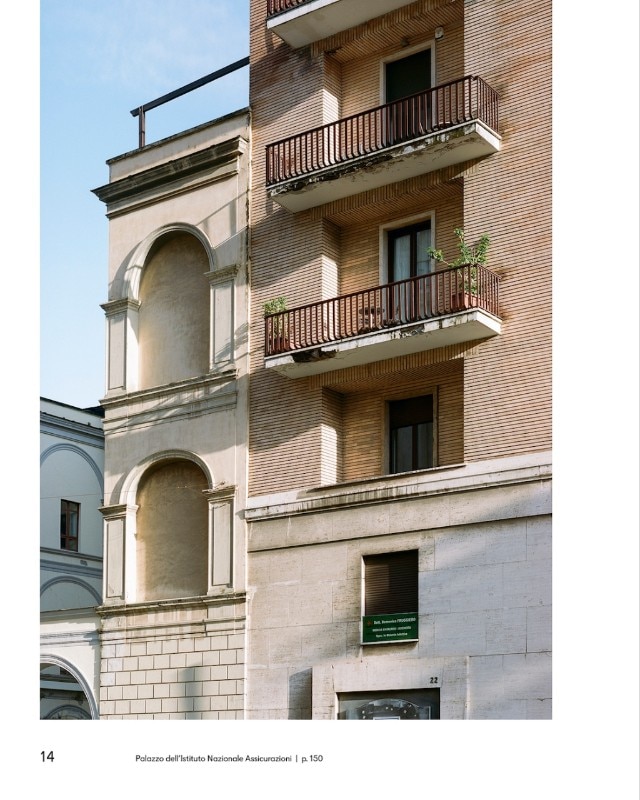
In Naples, the city of tomorrow is first and foremost the city of yesterday, not only as a memory, as a monument, but rather as a physical space, an inhabited place, a geological-tectonic continuum that urban history has stratified (Freda), even as a continuously excavated material where the city constantly reconstructs itself starting from itself – as Francesco Venezia states, matter has the same root as mother, mater.
So, it is not enough to observe Naples’ architecture from the outside or to focus on its image. Naples is a “porous” city, as Benjamin, who is often quoted in the book, said, and so it needs to be explored inside, in its voids, in its cavities ready to show us new meanings or uses. On the one hand, Naples is super modern precisely because its architecture rises heroically above the city in a more or less successful attempt to govern its forces and to compose them – just think of the monumental exedra in Piazza del Plebiscito designed to contain the urban jam on the Pizzofalcone hill behind it. On the other hand, Neapolitan modernity has always pushed the city beyond itself, poised between life and death, as Manuel Orazi’s reminds us, in places where, as in the famous cave of the Cumaean Sibyl, architecture is nothing more than a sounding board for the rituals of human life, “a fixed scene of human events charged with the feelings of generations", as Aldo Rossi, the book’s stone guest, puts it.


